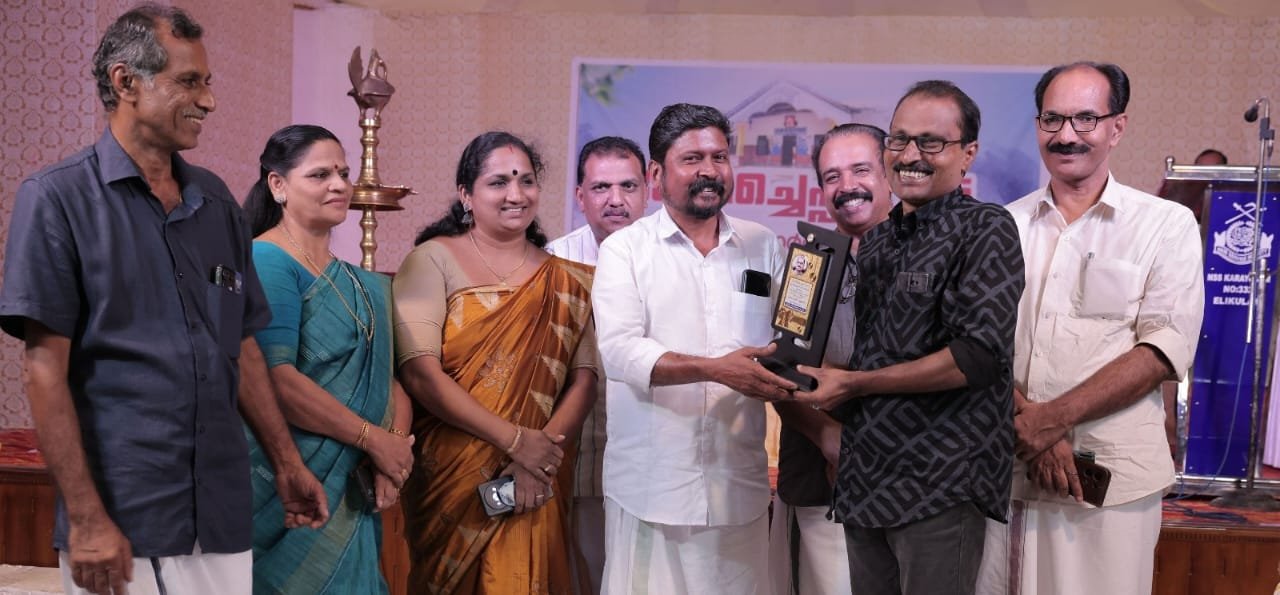Simulations, as working representations of reality, are nowadays increasingly being used as instructional and training tools in various professions. In the current scenario, the use of simulations in Hospitality & Tourism Management Education is equally gaining widespread attention. Over the past decades, the hospitality industry has transformed itself from its initial purpose of welcoming and catering for strangers to a complex industry that caters for a myriad of consumer segments. Simulations have most commonly been used as tools to analyse what sort of effects may be expected from actions taken in uncertain situations. To ensure meaningful learning experiences, these simulations need to be supported by a theoretical framework based on principles of instructional design. As there are many theories and models suited to simulation it is imperative that the right theory or model be employed for the desired learning outcome.
The industry has been using simulations for many years in well-known scenarios such as the aircraft flight simulator. The armed forces too are using simulators to prepare their people for active combat without killing anyone unnecessarily. The use of simulation needs to be considered on a case-by-case basis, and as with any learning methodology, used appropriately.
Feinstein and Parks, in their article on the use of simulation in hospitality as an analytic tool and instructional system, categorise simulations into four groups according to the design and applications. In terms of design, there are two types of simulations:
(a) Iconic simulations are visual, auditory, or kinaesthetic representations of real systems such as flight simulators and even some video games;
(b) Symbolic simulations on the other hand, replicate systems through mathematical process. According to their application;
(c) Analytical simulations are used to simulate a certain phenomenon and allow the user to carefully analyse it to support decision-making;
(d) Instructional simulations are used for education and training purposes.
There is a large population of management simulations and a smaller but growing number of simulations specific to hospitality and tourism. Some of these are briefly described below:
1. HOTS: The Hotel Operational Training Simulation (HOTS) is a computer-based simulation suite developed and marketed by the Total Simulator Company, a British-based company, for the service industry.
2. CRASE: The Cornell Restaurant Administration Simulation Exercise (CRASE) is based on a medium-sized licensed restaurant.
3. CHASE: Cornell Hotel Administration Simulation Exercise (CHASE) is based on a large hotel with the primary decision focus on rooms division management.
4. CHESS: Competitive Hospitality Education Simulation Series (CHESS) is based on a large hotel with the primary decision focus on yield management.
5. VIRTEL: Virtual Hotel (VIRTEL) was funded by the e-Learning Development and Support Section of the Hong Kong Polytechnic University.
6. SPECS: Selecting Production Equipment with Computer Simulations (SPECS) was introduced at the Pennsylvania State University in 1992.
7. SHARES: Student Hotel and Restaurant Enterprise Simulations (SHARES) is an alphanumeric oriented simulation.
8. Front Office Management Simulations: Prentice Hall has come up with the Front Office Management Simulations CD; wherein every student can practice making real reservations, assigning arriving guests to requested room types, create employee schedules, prepare guest folios, determine room rates and much more, all while utilising a real Property Management System (PMS) designed especially for the teaching of Hospitality students.
These simulations need to be supported by a theoretical framework based on principles of instructional design to ensure meaningful learning experiences. Instructional Design (ID) [also called Instructional Systems Design (ISD)] may be regarded as the art and science of crafting effective learning environments through meticulous pre-planning of delivery of instruction in a proper sequence of events. Findings of Experiential Learning theories are considered to be quite suitable for simulation-based learning.
Experiential learning is based on the assumption that knowledge is created through the transformation brought about by experience. Simulation-based learning closely follows Kolb’s experiential learning model. Based on Kolb’s model, the experiential learning cycle is considered to be consisting of four steps: experimentation, experience, observation and conceptualisation. The experimentation stage is where participants plan for the next action, by individual thinking or group discussion. The experience stage is the action stage. All the decisions are put together for data processing. At the next stage, the cause (data input) and effect (data output) relationship are observed immediately after the data processing. Without having to wait for the educator to give feedback, participants can start analysing the output data and conceptualise the cause-effect relationship. Simulations allow the users to plan for the next action after the conceptualisation stage, providing opportunities to achieve better results and to enhance their decision-making skills.
Some of the Instructional Design models are discussed below with their implications for simulation-based learning in Hospitality scenarios:
ADDIE Model: The ADDIE model is a systematic instructional design model consisting of five phases; wherein each step has an outcome that feeds into the next step in the sequence. The five phases of ADDIE are as follows:
1. Analysis: During analysis, the designer identifies the learning problem, the goals and objectives, the audience’s needs, existing knowledge, and any other relevant characteristics.
2. Design: It is a systematic process of specifying learning objectives.
3. Development: This is the phase of the actual production of the simulation content and learning materials based on the design phase.
4. Implementation: During implementation, the simulation strategy is put into action and a procedure for training the learner and teacher is developed.
5. Evaluation: This phase consists of formative and summative evaluation. Formative evaluation is present in each stage of the ADDIE process.
The Dick and Carey Design Model: These are the components of the Systems Approach Model:
• Identify Instructional Goal(s)
• Conduct Instructional Analysis
• Analyze Learners and Contexts
• Write Performance Objectives
• Develop Assessment Instruments
• Develop Instructional Strategy
• Develop and Select Instructional Materials
• Design and Conduct Formative Evaluation of Instruction
• Revise Instruction
• Design and Conduct Summative Evaluation
Rapid Prototyping Model: ID shares much in common with computer science, particularly the sub-area called “systems design.” Its advantage is that it allows for the try-out of key concepts at early stages when costs are small, and changes more easily made.
The Four-Component Instructional Design Model (4C ID-Model): This model was developed for the design of training programs for complex skills…
Constructivist Design of Graphic Computer Simulations: This design is based on constructivist theories of learning which assert that; based on their own perception and personal interpretation, learners construct their own knowledge and understanding. Several educationalists are now emphasising that the design of educational systems should take a constructivist rather than an instructional approach. The six principles of constructive design are:
1. Set the stage but have the students generate the knowledge for themselves as much as possible.
2. Anchor the knowledge in authentic situations and activities.
3. Use the cognitive apprenticeship methods of modelling, scaffolding, fading and coaching to convey. how to construct knowledge in authentic situations and activates.
4. Situate knowledge in multiple contexts to prepare for appropriate transfer to new contexts.
5. Create cognitive flexibility by ensuring that all knowledge is seen from multiple perspectives.
6. Have the students collaborate in knowledge construction.
Usage of computer-based simulations in Hospitality Management education and training in India is in its primordial stage. For designing efficient simulation-based learning strategies, it becomes imperative to use principles of instructional design emphasising experiential learning theories and providing pedagogically sound designing strategies. Considering the significance of each of these models, we should adopt an eclectic approach for selecting suitable models in designing simulation-based learning strategies for hospitality & tourism education.
About the Author: Prof. (Dr) Rajiv Mishra
Dean – School of Hospitality & Tourism, Galgotias University, Greater Noida, Uttar Pradesh, India.
Prof. (Dr) Rajiv Mishra is an erudite academician and proficient academic administrator with over two decades long experience in hospitality and tourism didactic. A Ph.D. in tourism and hospitality, Dr Mishra is a distinguished member of the International Council on Hotel, Restaurant & Institutional Education (Asia Pacific CHRIE), USA and has the rare distinction of being adorned as the ‘Fellow’ of the Institute of Hospitality, London. His research papers have been appreciated by various Tourism Boards including the Ministry of Tourism, Government of India. He has also served as Coordinator of Quality & Compliance and Nodal Officer of All India Survey of Higher Education, Ministry of Education, Govt. of India. He is the Member of the Board of Studies & Academic Committee of the Sikkim Manipal University, Gangtok and has served as University Senate Representative of Mangalore University, Mangalore. Dr Mishra is currently positioned as Dean and Professor at the School of Hospitality & Tourism, Galgotias University, Greater Noida, Uttar Pradesh, India.









